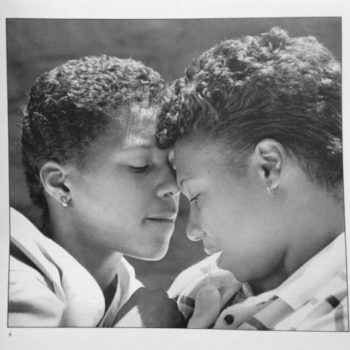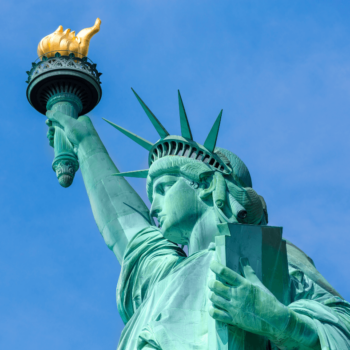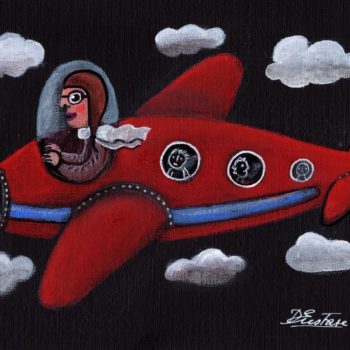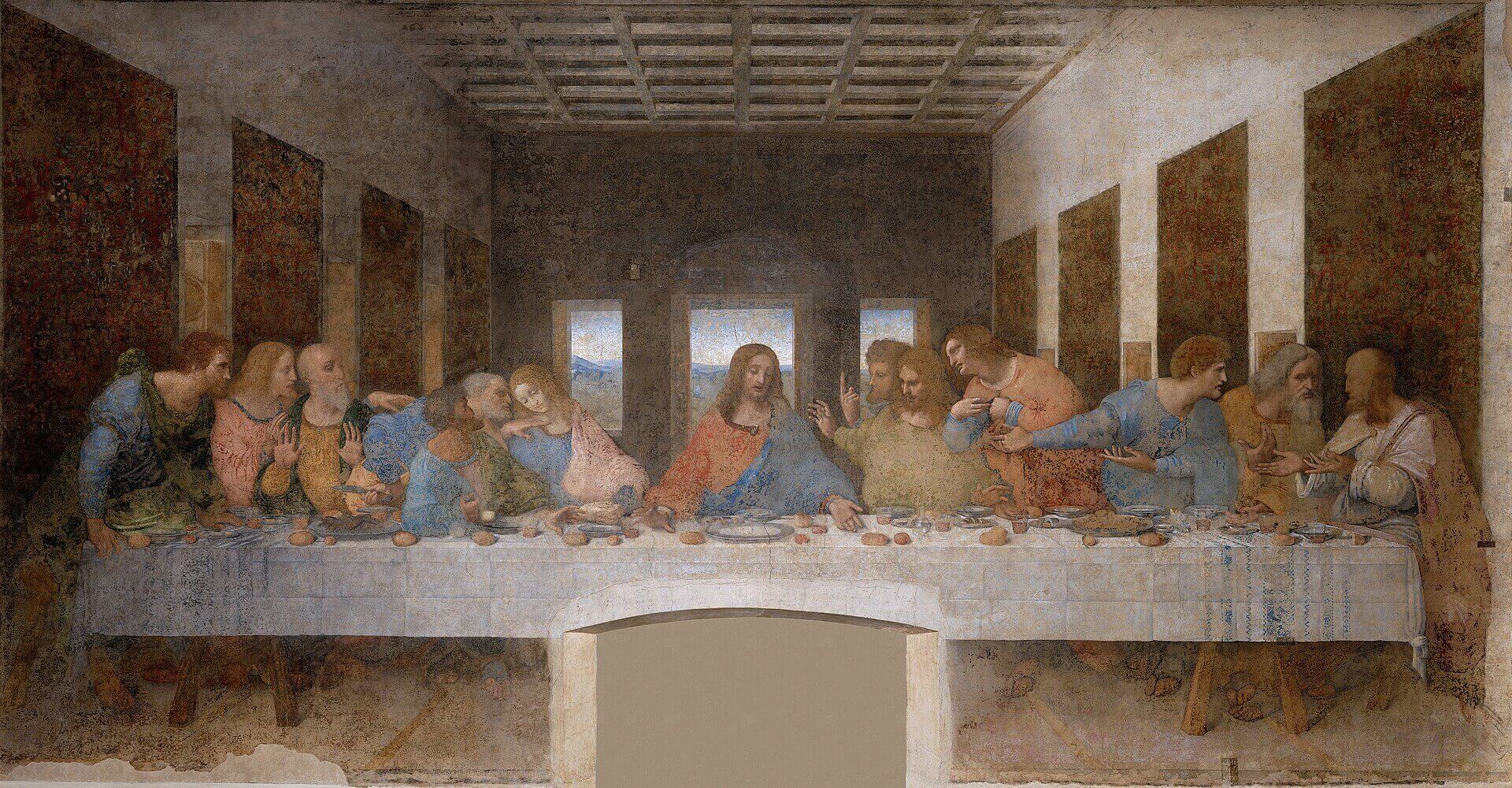
The Last Supper: Leonardo da Vinci and others
- Post published:20 October 2023
- Post category:Art Files
The Last Supper (from the Latin cena, “evening meal, supper”) is the name given to Jesus’ last meal with his twelve apostles before the Jewish Passover and his arrest leading to crucifixion.
This meal is a founding symbol of Christianity, as Jesus announces his sacrifice. Since then, Christians have commemorated this last meal with communion.
From the Middle Ages onwards, religious art has taken up the theme of the Last Supper, inspiring visual artists to this day: either by preserving the original meaning to give each human a place, or by inventing new or more subversive meanings.
A partial panorama of the interpretation of an art-historical classic…

The Last Supper, central theme of Renaissance religious art
The Renaissance made the Last Supper a central theme of Western art. In 1498, Leonardo da Vinci was commissioned by the Duke of Milan, Ludovico Sforza, to paint a fresco depicting the Last Supper.
A novel and exceptional event for its time, this work quickly gained renown in Europe: thanks to multiple engravings on paper, as the new printing press facilitated their circulation, and thanks to frescoes repeating the theme in other religious buildings.
By 1503, “The Last Supper according to Leonardo da Vinci” could be found in Italy, France, England, Antwerp and Austria.
The spirits of the time were impressed by its masterly staging, with a perspective that extends the actual perspective of the refectory room in the convent of Santa Maria delle Grazie, where it is located. Christ occupies a perfectly central position, with an incision at his left temple as his vanishing point.
The artist also depicts a diversity of expressions, with the apostle on Christ’s right showing feminine touches. In addition, Judas is depicted from the front, whereas it was usual for him not to be depicted at all, or only from the back.
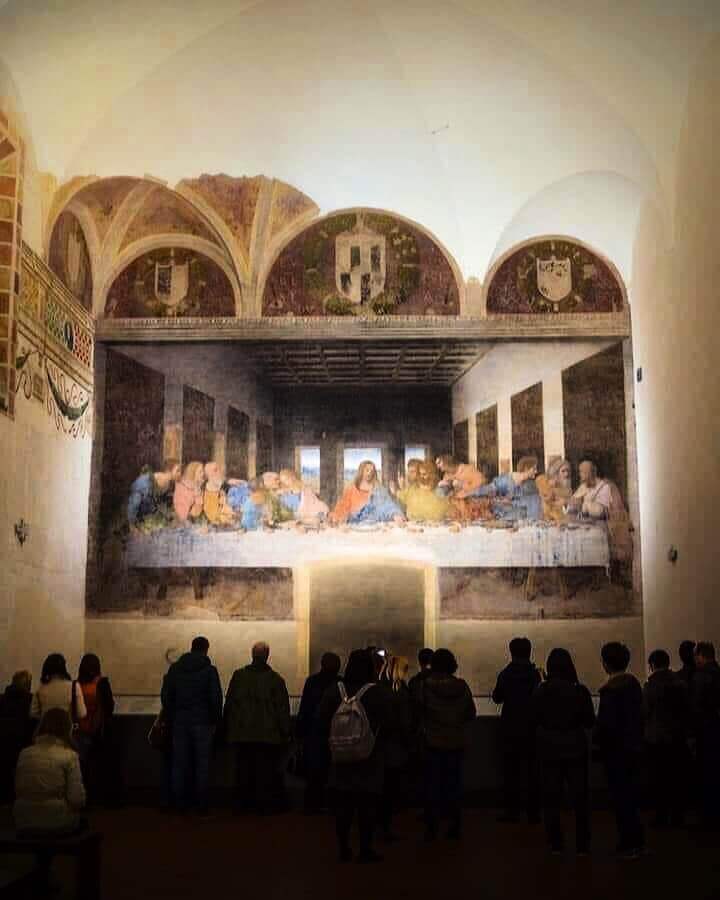
The Last Supper by modern artists: from original meaning to subversion
The fame of Leonardo da Vinci’s Last Supper has spanned the ages. The Frenchman André Derain created a Cubist Last Supper, the Belgian Gustave Van de Woestyne an Expressionist Last Supper and the Spaniard Salvador Dali a Surrealist Last Supper with a beardless, fair-haired Christ.
Cinema reproduced the image, notably in Luis Buñuel’s film “Viridiana”, which won the Palme d’Or at Cannes in 1961. In 1986, Andy Warhol produced a series of works based on the Italian master’s fresco.
The Last Supper by contemporary artists: celebrating human diversity
Today’s artists have sometimes created works inspired by the Last Supper with characters that differ from the historical composition.
Marithé & François Girbaud’s campaign poster, for example, while retaining the original staging, features young women, with the exception of a single man seen from behind, who takes the place of the feminine-looking apostle of the historical Last Supper. It was shocking, yet this feminine Last Supper highlights, by contrast, the exclusive masculinity of the original Last Supper: no one was shocked by it!
Meanwhile, Azerbaijani artist Raoev Mamedov has formalized a Last Supper with Down’s syndrome children in a composition of five paintings on black backgrounds.
Photographer Bettina Rheims stages a musical Last Supper with young musicians from diverse backgrounds…
Swedish artist Elisabeth Ohlson Wallin depicts a surprisingly baroque Last Supper with drag-queens.
French painter Dominique Renson emphasizes human diversity around Christ’s table. Young and old, women and men, people of different origins or skin color, he shows that everyone has their place. At last!
These works always refer to Christ’s love for all human beings.
The Last Supper by contemporary artists: between invention and subversion
In 1961, Bernard Buffet painted a series of works depicting episodes from the life of Christ, which the painter donated to the Vatican Museum in 1971. The dark colors and lack of humanity give the scene a sinister atmosphere. The artist shifts the focus from the meal to the judgment of Judas, who finds himself alone with the other disciples.
The white tablecloth with its bar-like folds divides the space between good and evil. The apostles’ faces are real skulls, and their bodies are reduced to a pyramid shape like the pitchers. The Last Supper has become an inhuman tribunal.
In 2001, Chinese artist Zen Fanshi implicitly points to Chinese totalitarianism through characters wearing expressionless, identical white masks.
Contemporary artist Winston Smith, a benchmark of collage art in the USA, also tackled the theme with iconography from the 50s and 60s. These collages influenced contemporary collage artist Hervé Laplace.
Similarly, French artist Didier Rousseau de Navarre has created an installation entitled “La forêt blanche de l’anthropocène” (The white forest of the Anthropocene), using trunks and scrap metal extracted from the ground to raise the question of our future. He denounces the damage done by mankind to its environment: “I served them the soup we now find in the soil”. The red pegs are a reminder of the red paint on trees destined to be cut down. The artist then considers that he must intervene to propose a mortise-and-tenon reconstruction to reweave our ties to the earth and the world.
More than five centuries ago, Leonardo da Vinci’s art marked a breakthrough that has been continued and amplified by the artists it has inspired.

The editorial team
The thrill of artistic discoveries

